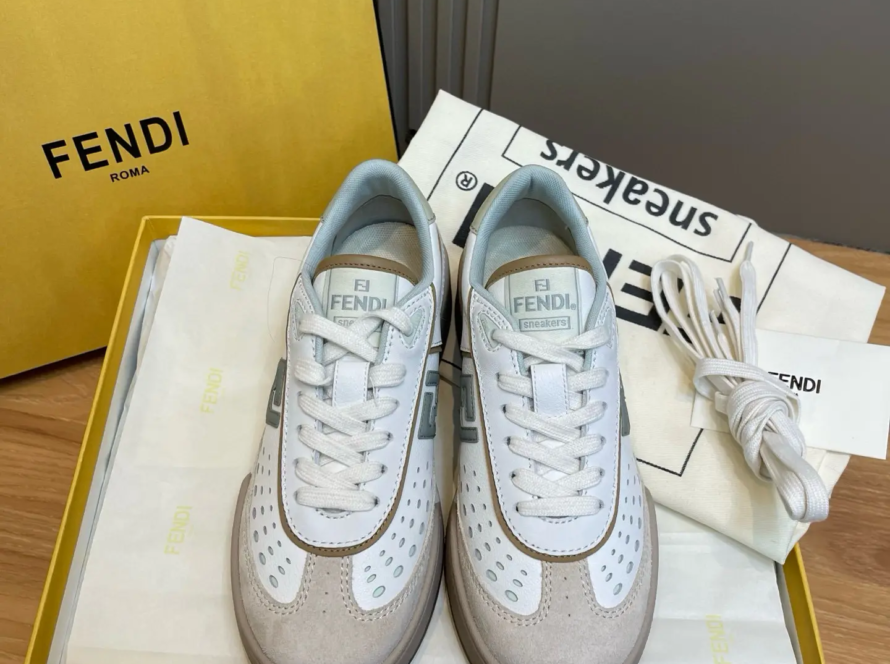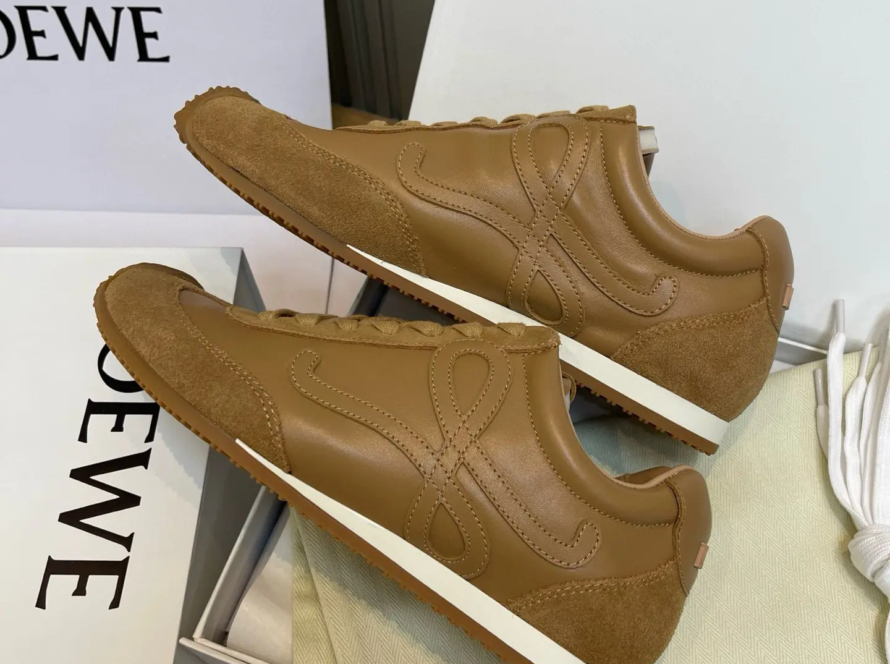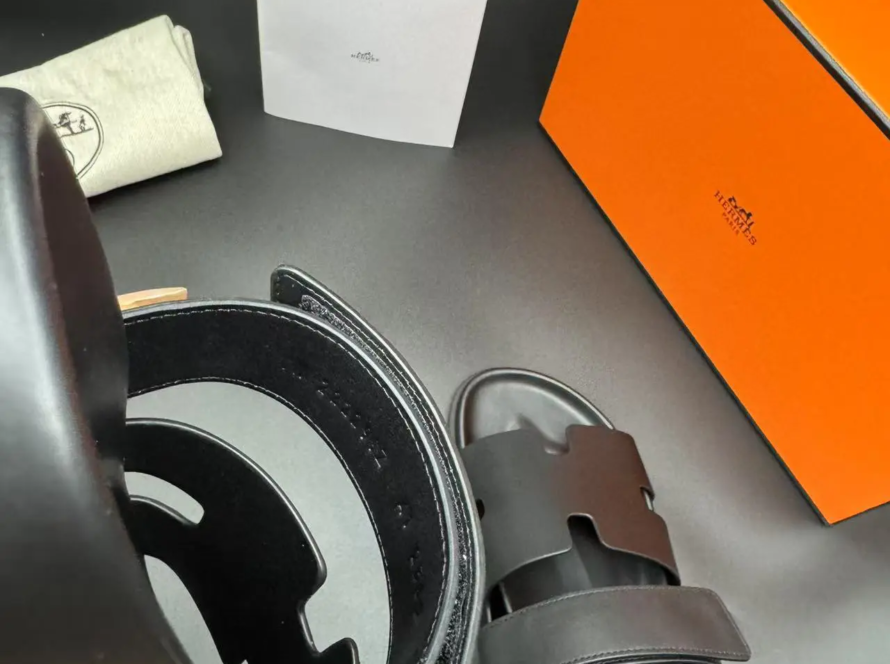The Essential Guide to Leather Shoe Repair Kits: Protect Luxury, One Step at a Time
For the savvy owner of fine leather shoes, the care and maintenance of your investment is non-negotiable, whether it’s custom oxfords, handmade loafers or limited-edition designer pumps. Leather shoes are more than just accessories; They are heirlooms in the making, extensions of personal style and expressions of craftsmanship. However, even the most well-made pair of shoes may show scuffs, fading, or minor structural wear. this is a Leather shoe repair kit It transcends mere practicality – it becomes a keeper of elegance.
Why high-end leather requires specialized care
Luxury leather—whether calfskin, cordovan, crocodile or suede—requires expertise. Unlike synthetic alternatives, natural leather evolves over time, developing a patina that tells a story while remaining susceptible to environmental aggressors such as humidity, salt, or UV rays. A substandard repair attempt can instantly devalue a $1,000 pair of shoes. Advanced repair kits, however, allow you to intervene like a pro, maintaining beauty and structural integrity without compromising the soul of the material.
The Anatomy of a Premium Leather Shoe Repair Kit: What Makes It Different
The market is flooded with generic drugs "shoe care" box, but a truly refined set that meets the specific needs of luxury footwear. Here’s what to look for:
1. Micro precision tools
– Artisan grade needle and thread: To re-stitch a welt seam or secure a loose sole, a kit should include a needle designed for heavy leather and color-matched waxed polyester or linen thread.
– surgical grade scalpel: Used to trim frayed edges or lift worn soles without causing collateral damage.
2. Professional grade adhesive
Designed for bonding leather to leather or leather to rubber, water-based contact adhesives prevent yellowing or embrittlement caused by cheap cyanoacrylates. Find similar brands fall or barge In your tool bag.
3. Color-matched restorative compounds
– Premium Pigment Cream and Polishing Wax: Highly concentrated pigments (e.g. Sapphire Gold Medal) restores faded tones while nourishing the fibers.
– Special dye for patina: For aniline or semi-aniline leather, alcohol-based dyes restore depth without masking the natural grain.
4. Structural reinforcement supplies
– Leather patch backing: Vegetable-tanned calfskin patch to repair internal heel counter.
– Flexible filler: Repair cracked soles or edges before patching.
5. Key points of surface activation
– Nubuck and suede erasers/brushes: Restores velvet without wear.
– High gloss polishing cloth: Microfiber or horsehair brush for mirror-like shine.
6. Diagnostic Tools
A leather moisture meter or magnifying glass can help assess the depth of damage before handling, which is crucial for exotic skins like lizards or ostriches.
The Philosophy of Proactive Restoration: Beyond "fix it" culture
Wealthy consumers often wait until the harm is obvious before taking action—a risky approach. Advocated by luxury leather experts preventive maintenance:
- weekly: Use a horsehair brush to remove dust; make sure to use a pH-neutral cream.
- After wear and tear: Use shoe last to maintain shape; if exposed to rain, replenish moisture.
- Seasonal: Check the sole, welt and seams for early signs of stress.
Repair kits are not just for emergencies. this is a toolkit seek longevity— as thoughtful a ritual as a sommelier pouring a drink.
Case Study: Saving a Worn Cordoba Derby Carriage
Imagine a rare pair of Horween Cordovan derby shoes with severe wear at the toes.
- clean: Use wet chamois to remove debris.
- full: Apply leather filler, sand lightly after drying.
- color matching: Apply pigment cream with applicator and spread outward.
- seal: Apply wax polish and heat slightly to allow it to penetrate.
- light yellow: Deer bone or glass smoother can polish the repair to the existing patina.
Result: No detectable repair, the integrity of the leather remains intact.
Why off-the-shelf kit isn’t enough for luxury footwear
Most commercial suites lack:
- Material compatibility: Exotic leathers require specialized formulations (such as reptile-safe conditioner).
- File-level components: The acids in low-end adhesives can degrade leather over decades.
- aesthetic sensitivity: Universal black/brown polish dulls unique patina.
Invest in kits curated by traditional shoemakers or luxury brands (e.g. Savile Row Company, Kirby Allison) rather than mass retailers.
Conclusion: Preserving Art as Self-Expression
A fully stocked leather shoe repair kit is more than just a convenience, it’s a sign of respect for the craftsmen who crafted your shoes and the heritage you embody when you wear them. In a disposable world, caring for leather shoes becomes philosophical: reject fleeting trends in favor of lasting excellence. By mastering the basics of repair, you can not only extend the life of your shoes, but also deepen your dialogue with the craft itself.
FAQ: Leather Shoe Repair Kits Revealed
Q1: Can these kits repair designer shoes in exotic leathers (e.g. crocodile, python)?
Answer: Yes——if The kit includes species-specific conditioners and non-water-based cleaners. Exotic for delicate skin; avoid kits containing alcohol or silicone.
Q2: How often should I use the conditioner in the kit?
A: Calfskin: Every 10-15 wears. For oily leathers such as cordovan: 20 times per wear. Climate (dry vs. wet) also determines frequency.
Q3: Is repairing soles at home comparable to the work of a professional shoemaker?
A: For minor separations, yes. Use flexible glue, clamp for 24 hours, then patch the edges. When it comes to completely replacing the soles of your shoes, trust the experts.
Q4: Is it safe to dye faded luxury leather yourself?
Answer: Using high-quality alcohol dye and a professional brush, you can. Test in an inconspicuous place first. Avoid water-based dyes—they sit on the leather rather than bonding it together.
Q5: Can repair tools repair deeply cracked vintage shoes?
A: Surface cracks can be filled and recolored. Structural cracks (e.g., throughout the upper) require internal repair, best handled by a specialist.
Question 6: How do I store my kit to maximize its lifespan?
A: Store adhesive and dye in an airtight container at room temperature. Avoid moisture; store brush with bristles raised.
Q7: Why invest in a $150-300 kit when there are cheaper alternatives?
A: Luxury leather can cost hundreds to thousands. A poor quality polish or glue can cause irreversible damage, reducing the value. Premium packages protect your investment.
Q8: Are these kits environmentally friendly compared to frequent professional repairs?
Answer: Of course. Small DIY repairs can reduce the carbon footprint of shipping your shoes to the cobbler. Many luxury kits now use biodegradable packaging and solvent-free formulas.
Embrace restorative rituals. Your shoes and your legacy deserve it.




